Salesforce
® avails numerous Certifications to test the understanding of the Salesforce
® Professionals about varied functionalities of the Salesforce
® platform. The recent changes in Salesforce
® Certification have made the professionals eager to know more about the introduced transitions. There are innumerable queries that are striking the mind regarding the announcement on
Salesforce Developer Certification changes.

Herein, we bring a detailed explanation about the path that needs to be followed for the transition of DEV 401, DEV 501 toward the new changes in Developer Certifications.
Salesforce
® changes are applicable from September 14, 2015 and it will not be offering the Salesforce
® 401 Certification credentials to the new applicants.
Need for Salesforce® Developer Certification Changes
Salesforce
® has introduced the new changes to combine the programmatic and declarative courses. The former format of the Salesforce
® examination consisted the following certifications:
- Salesforce® Certified Force(dot)com Developer (DEV 401)
- Salesforce® Certified Force(dot)com Advanced Developer (DEV 501)
The DEV 401 i.e. Salesfrce Certified Force(dot)com Developer Certification exam validated the candidates to build customized applications. However, it does not include any of the basic programming conceptions and this questioned the credibility of the job role of developers, as it has more to do about the coding and programming of the applications.
New Salesforce® Developer Certifications
To clarify the doubts of the Salesforce
® Developers, 3 new certifications for developers have been introduced. This has turned as a boon to the employers as well, as now they can hire the right Salesforce
® Developer candidates having the apt knowledge of working on Salesforce
® platform.
[embed]https://www.youtube.com/watch?v=yU8z6ivbF3k[/embed]
The introduction of the new changes and launch of the all new Salesforce
® Developer Certifications let the developer to progress with the right pace. The Certification begins and moves ahead in the order mentioned below:
- Platform App Builder Certification (Declarative)
- Salesforce® Certified Platform Developer I (Programmatic)
- Salesforce® Certified Platform Developer II (Advanced Programmatic concepts)
However, the professionals who already possess the DEV 401 and DEV 501 credentials can go for the transition exam, for earning the Salesforce
® Certified Platform Developer I and Developer II certifications
Salesforce® App Builder
It is the replacement of Salesforce
® Developer exam and introduced for the candidates willing to improvise the designing skills, creating, updating, and managing data modeling.
Salesforce® App Builder Transition Exam
The professionals who have cleared the Salesforce
® Certified Developers exam can go for this exam and after successful completion; the learners earn the credential of Certified Platform App Builder
Salesforce® Platform Developer I
It is designed for the professionals who have a prior experience of 1 or 2 years as Developers or must have operated on Force(dot)com platform for a minimum of 6 months.
Salesforce® Platform Developer-I Transition exam
It is designed for the ones who have cleared the multi-choice Salesforce
® Certified Advanced Developer. Once, the candidates clear the exam, they earn the Salesforce
® Platform Developer-I credential
Salesforce® Platform Developer II
It is designed for those who wish to showcase the advanced programmatic skills of Force(dot)com Platform
Salesforce® Platform Developer-II Transition exam
It is attempted by those who have cleared the multi-choice Salesforce
® Certified Advanced Developer exam. After passing the exam successfully, the aspirants get an eligibility of registering for the programming assignment component.
Salesforce
® is a wide platform that needs to be explored and candidates are always willing to grab more knowledge of the same. Multisoft Virtual Academy understands this need of the candidates; hence, it has organized a free live webinar on Salesforce
®.
For information, please visit:
http://www.multisoftvirtualacademy.com/knowledge-bank/webinars/  Herein, we bring a detailed explanation about the path that needs to be followed for the transition of DEV 401, DEV 501 toward the new changes in Developer Certifications.
Salesforce® changes are applicable from September 14, 2015 and it will not be offering the Salesforce® 401 Certification credentials to the new applicants.
Need for Salesforce® Developer Certification Changes
Salesforce® has introduced the new changes to combine the programmatic and declarative courses. The former format of the Salesforce® examination consisted the following certifications:
Herein, we bring a detailed explanation about the path that needs to be followed for the transition of DEV 401, DEV 501 toward the new changes in Developer Certifications.
Salesforce® changes are applicable from September 14, 2015 and it will not be offering the Salesforce® 401 Certification credentials to the new applicants.
Need for Salesforce® Developer Certification Changes
Salesforce® has introduced the new changes to combine the programmatic and declarative courses. The former format of the Salesforce® examination consisted the following certifications:



 With flexibility, learners have more control over their own development, and that is why self-paced learning is emerging as the most preferred option for students as well as working professionals.
What benefits do self-paced learning offers over traditional learning?
With flexibility, learners have more control over their own development, and that is why self-paced learning is emerging as the most preferred option for students as well as working professionals.
What benefits do self-paced learning offers over traditional learning?

 Yes, IT industry has made project management and resource allocation possible, even in the core Civil Engineering field. Primavera P6 provides solutions to entire project cycle starting from project initiation, planning, execution, controlling, evaluating, reporting and closure. Using real-time data given by project manages and civil engineers, Primavera optimizes supply chain, and manages changes every effectively. The ultimate aim is to make better strategic decisions and meet project dead-lines.
Yes, IT industry has made project management and resource allocation possible, even in the core Civil Engineering field. Primavera P6 provides solutions to entire project cycle starting from project initiation, planning, execution, controlling, evaluating, reporting and closure. Using real-time data given by project manages and civil engineers, Primavera optimizes supply chain, and manages changes every effectively. The ultimate aim is to make better strategic decisions and meet project dead-lines.


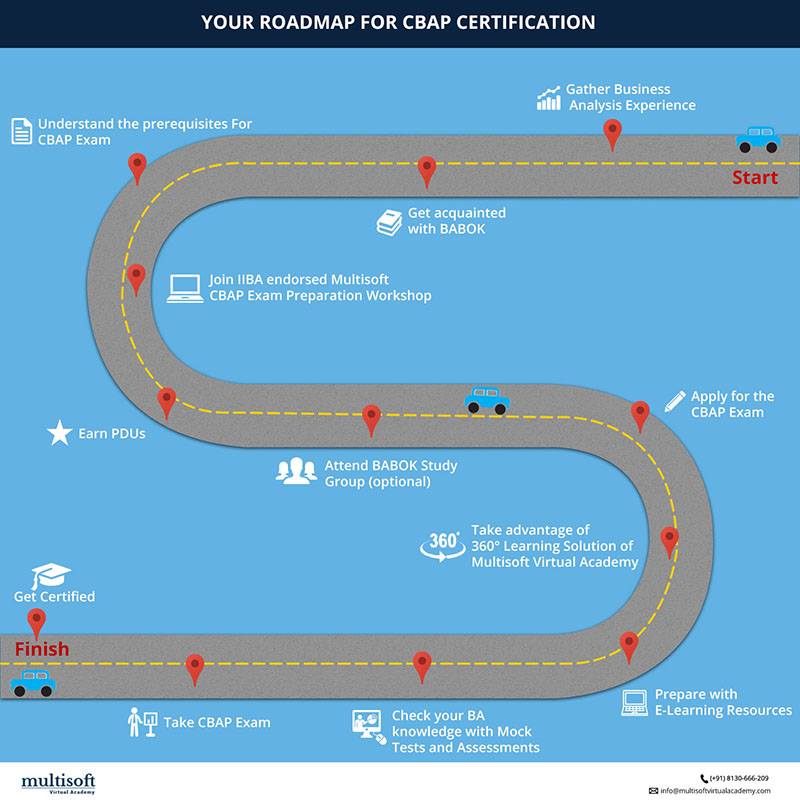



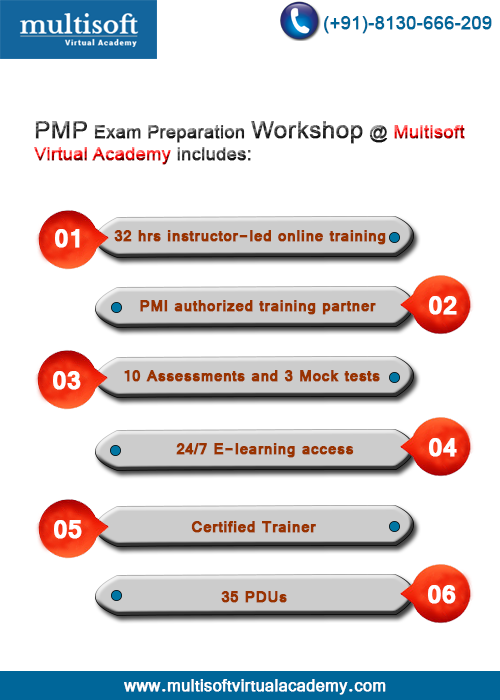



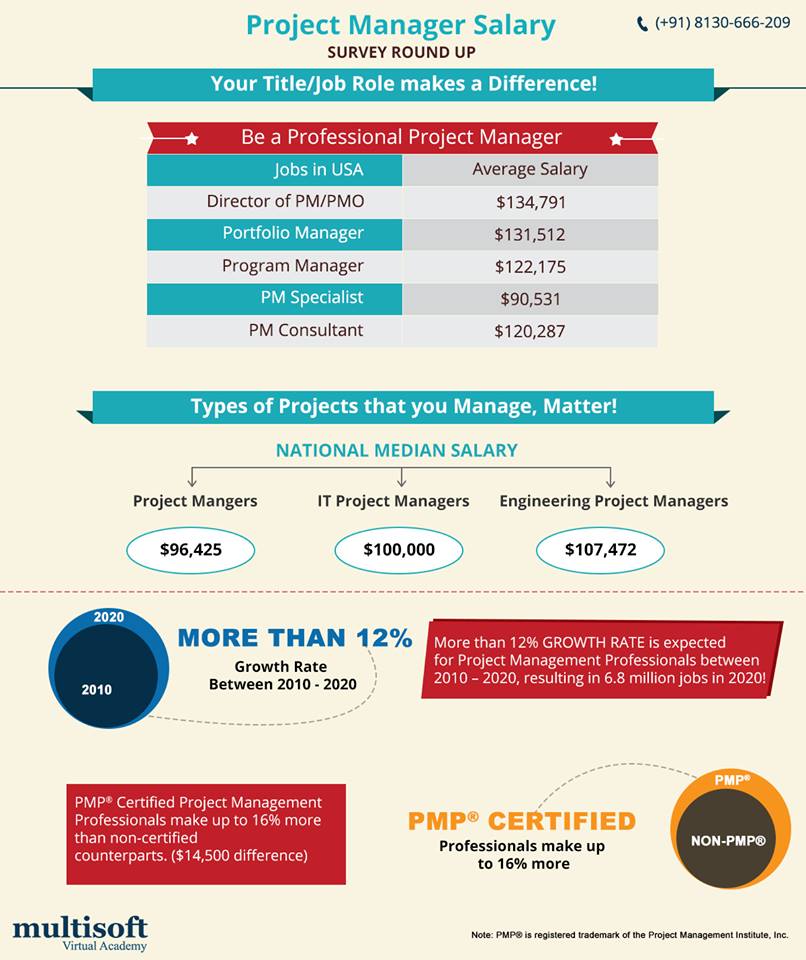









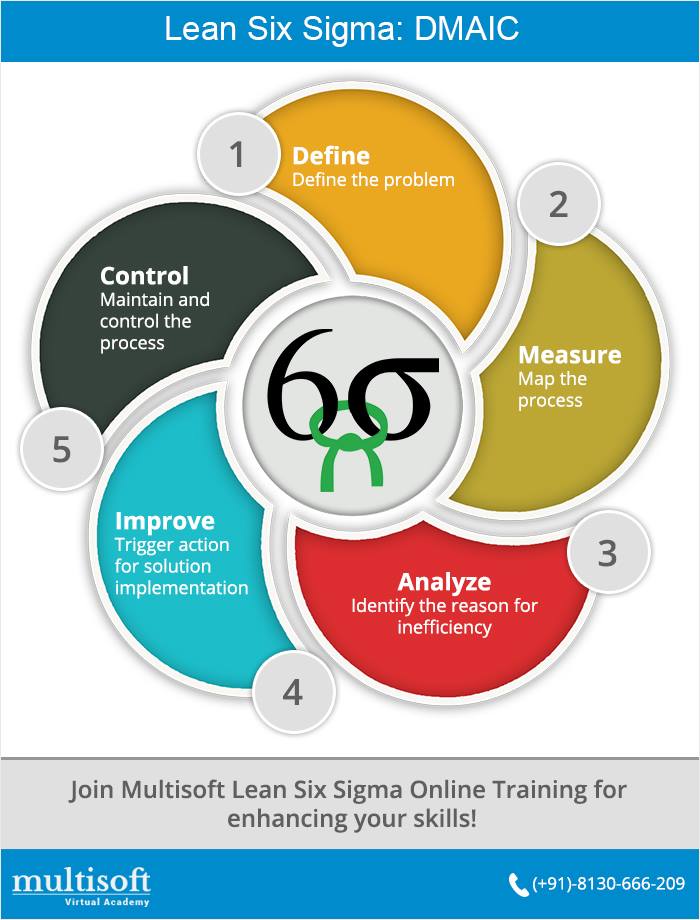



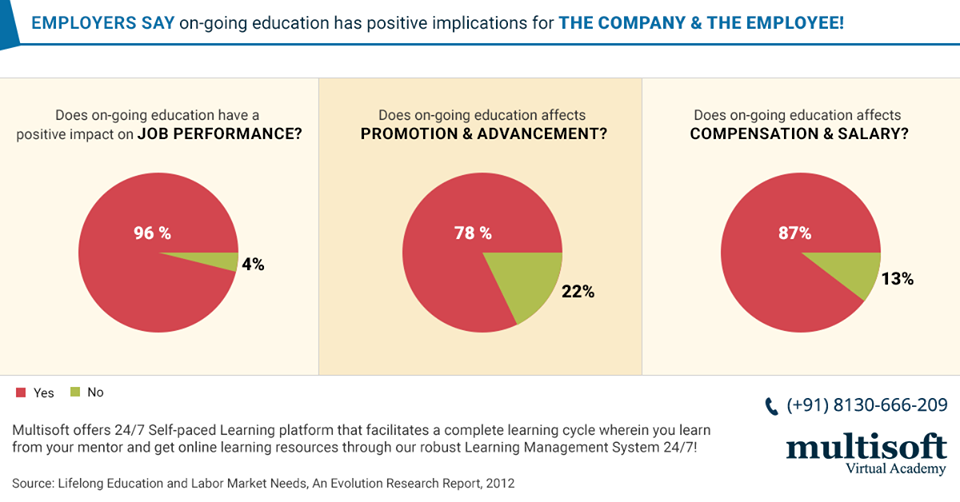

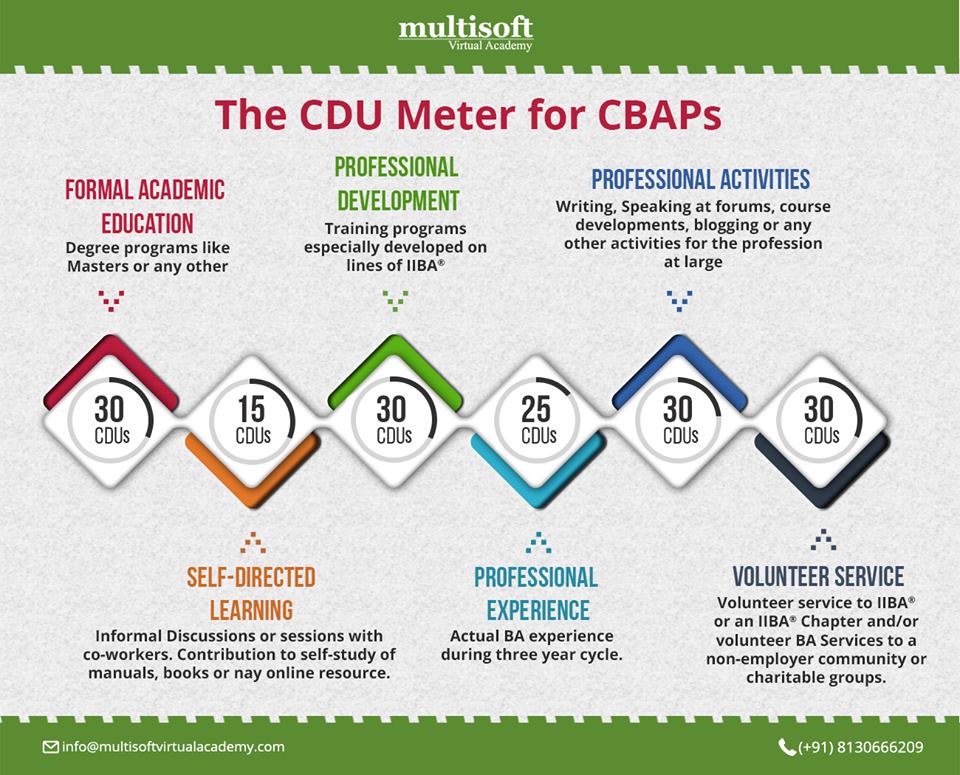



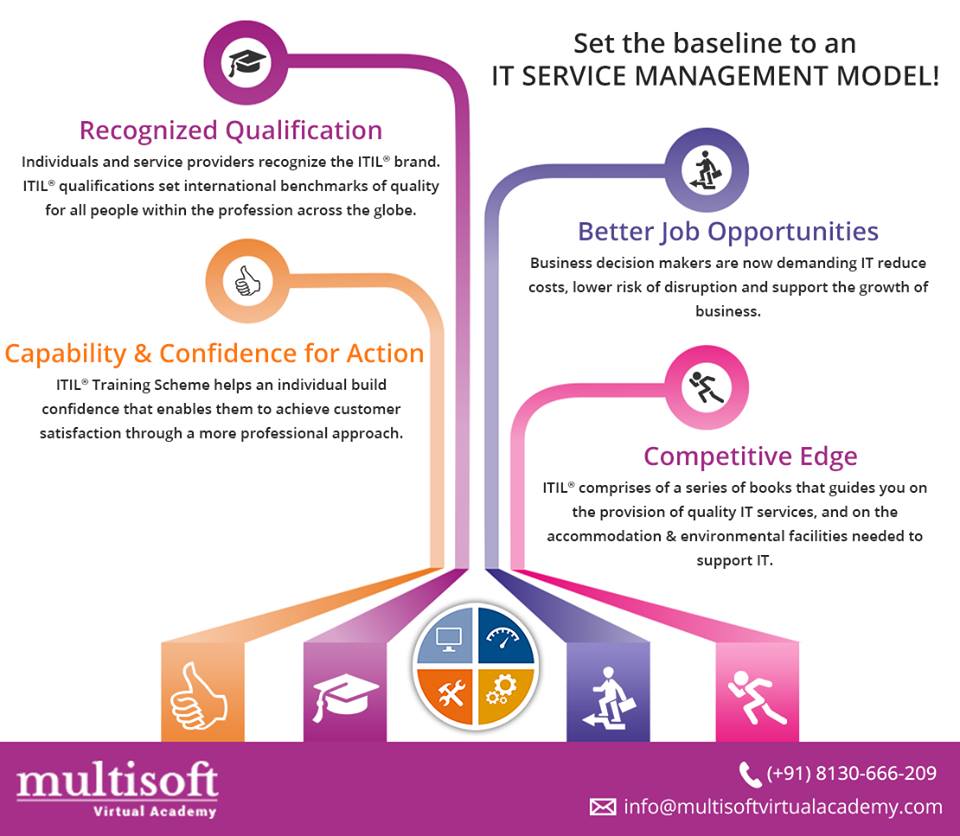

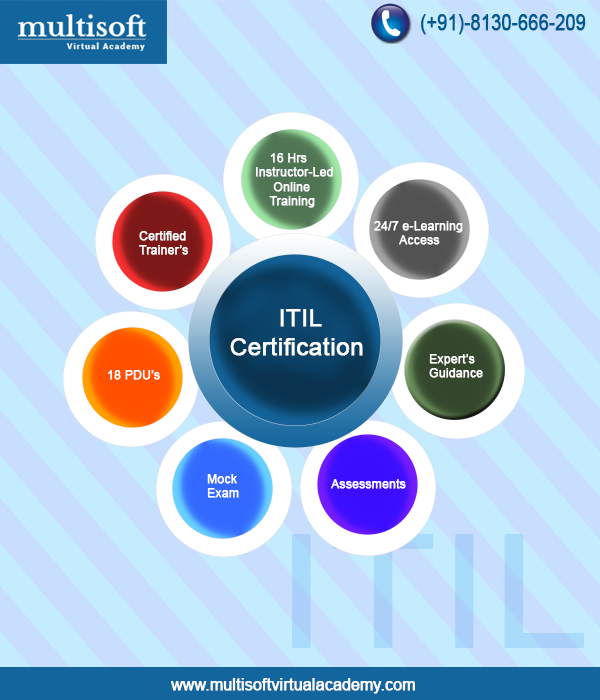


 Join our Live Instructor-Led online classes delivered by industry experts
Join our Live Instructor-Led online classes delivered by industry experts